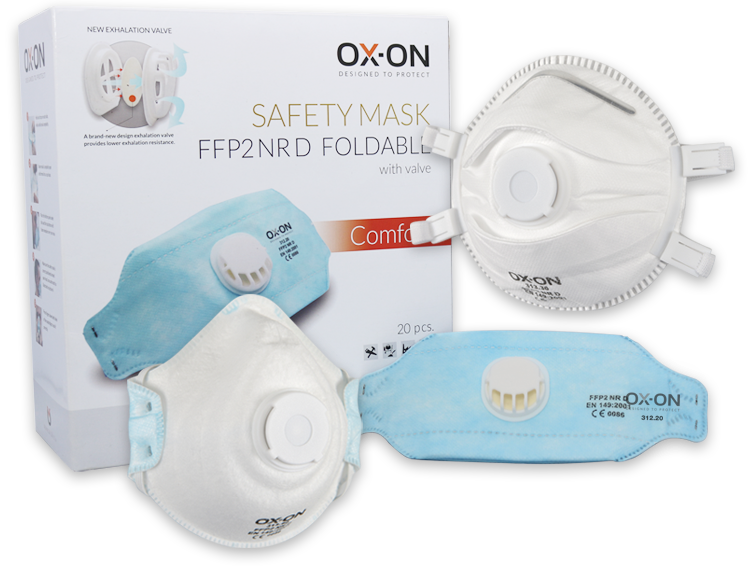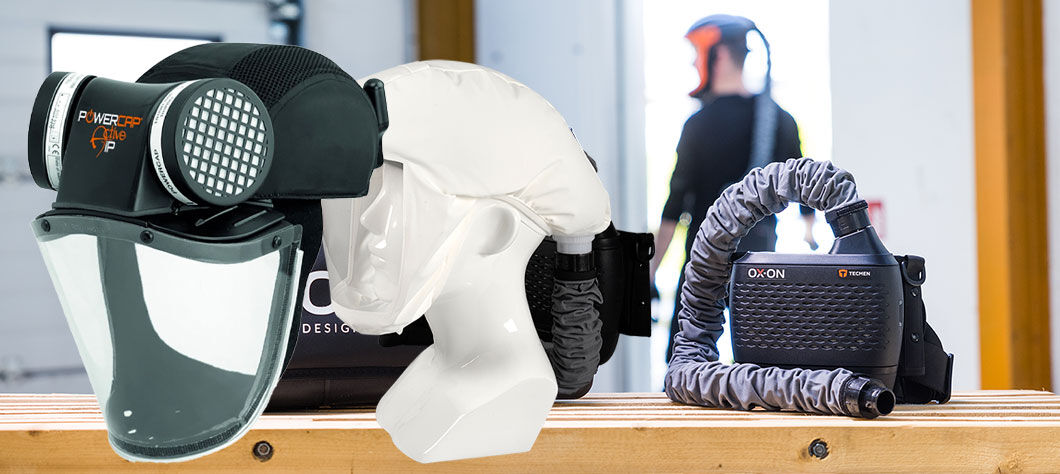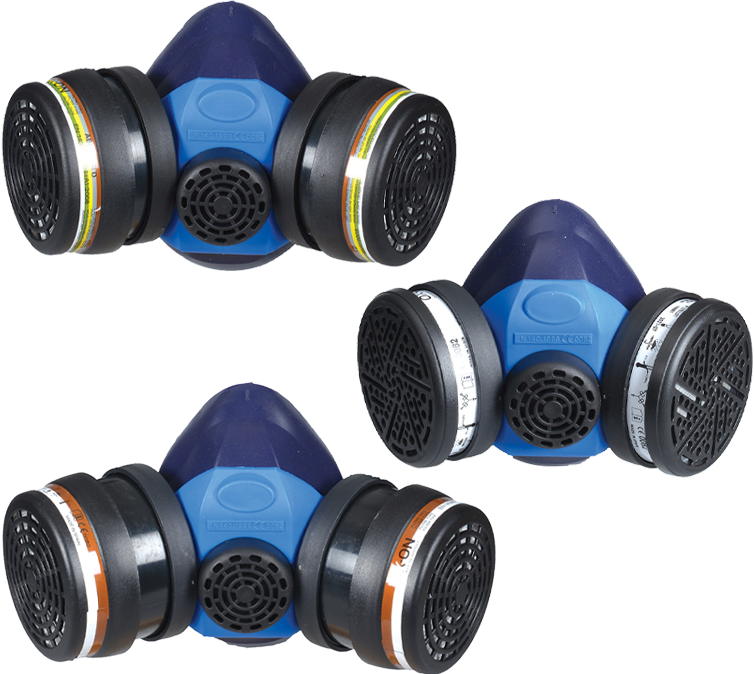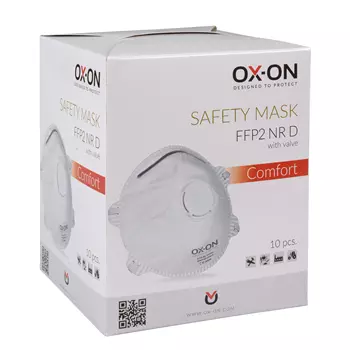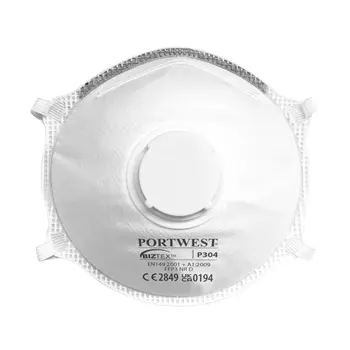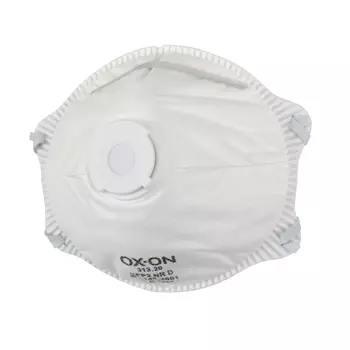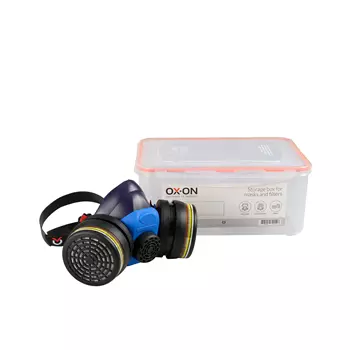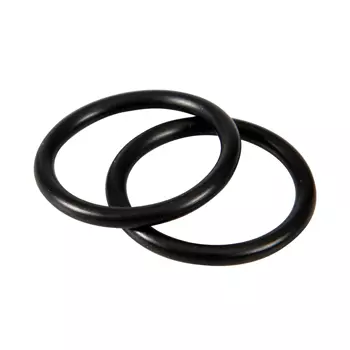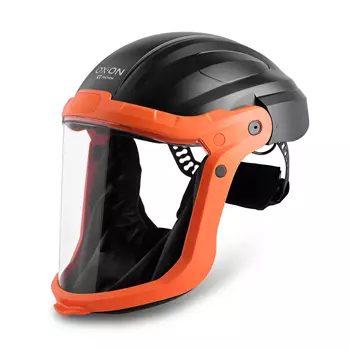Privacy Policy
Collection and Use of Personal Data
General
This policy regarding the use of personal data (the "Privacy Policy") details how Cheap-workwear.com of AO Workwear A/S ("Cheap-workwear.com", "us", "our", "we") collects and processes information about you.
The Privacy Policy applies to personal data you provide to us, or which we collect via the Cheap-workwear.com website, www.cheap-workwear.com (the "Website").
Cheap-workwear.com is the data controller of your personal data. Please use the contact details listed under point 7 for all enquiries.
What personal data we collect, for what PURPOSE and on what legal basis it is processed
When you visit the Website, we automatically collect information about you and your use of the Website, e.g. what type of browser you are using, which search terms you use on the Website, your IP address (including your network location) and information about your computer.
The purpose is to optimise the user experience and the function of the Website, as well as to conduct targeted marketing, including retargeting via Facebook and Google. This processing of data is necessary for us to be able pursue our interests in improving the Website and showing you relevant offers.
The legal basis for this processing of data is the EU General Data Protection Regulation (GDPR), Article 6, paragraph 1, point (f).
When you purchase a product or communicate with us on the Website, we collect the data you yourself provide, e.g. name, address, email address, telephone number, payment method, information regarding which products you purchase and have returned (if applicable), delivery requests and the IP address from which the order is placed.
The purpose is for us to be able to supply the products you have ordered and otherwise fulfil our agreement with you, including us being able to administer your rights to return items and submit faulty goods claims. We may also process information regarding your purchase in order for us to meet legal requirements, including bookkeeping and accounts.
The legal basis for this processing of data is the EU GDPR, Article 6, paragraph 1, points (b), (c) and (f).
When you subscribe to our newsletter, we collect data regarding your name, email address and phone number (if applicable).
The purpose is to pursue our interests in being able to send you newsletters.
The legal basis for this processing of data is the EU GDPR, Article 6, paragraph 1, point (f).
When you create an account at Cheap-workwear.com, you are asked to provide e.g. your name, address, email address, telephone number. Beyond your name, address and email address, it is up to you what information you provide.
The legal basis for this processing of data is the EU GDPR, Article 6, paragraph 1, points (b) and (f). When registering, you will be asked to give your specific consent to electronic marketing.
Recipients of Personal Data
Information regarding your name, address, email address, telephone number and order number, as well as specific delivery requests, are passed on to PostNord, GLS or another carrier charged with the delivery to you of purchased products. On purchases of items that are not held in stock, the above data may be passed on to the manufacturer or seller of the relevant item, who will then take care of delivery.
Data may be passed on to external partners who process the data on our behalf. We use external partners for e.g. statistics and performance meassurements, the technical operation of and improvements to the Website, the publication of newsletters, targeted marketing (including retargeting) and for your reviews of our company and products. For example, information regarding your name and email address is passed on to TrustPilot so that an invitation to rate us on TrustPilot’s website can be sent to you on our behalf. If you choose to leave a review, TrustPilot becomes data controller of the submitted data. These companies are data processors working under our instructions and they process data of which we are data controller. The data processors may not use the information for any other purpose than fulfilment of their agreement with us, and they are subject to a confidentiality agreement regarding the data. We have entered written data processing agreements with all of the data processors that process personal data on our behalf.
Two of these data processors, Google Analytics (of Google LLC) and Facebook Inc., are established in the USA. The necessary guarantees for transfer of data to the USA have been ensured via the data processor’s certification under EU-U.S. Privacy Shield, cf. EU GDPR Article 45.
A copy of Google LLC’s certification can be found here.
A copy of Facebook Inc.’s certification can be found here.
Your rights
In order to ensure transparency regarding the processing of your data, we as the data controller must inform you of your rights.
Right of access
You have the right to request at any time that we provide information regarding e.g. what data we have registered about you, what purpose the registration of data serves, what categories of personal data and recipients of data there are (if applicable) and information regarding the source of the data.
You have the right to receive a copy of the personal data we are processing about you. If you would like a copy of your personal data, you must send a written request to info@cheap-workwear.com. You may be asked to document that you are the person you claim to be.
Right to rectification
You have the right to have incorrect personal data about you rectified by us. Should you become aware that there is a mistake in the information we have registered about you, we ask that you submit a written request to us so that the information can be corrected.
You can correct information we have collected in connection with you registering with our customer club yourself, by logging in to your user profile.
Right to erasure
In certain cases you have the right to have all or part of your personal information erased by us, e.g. if you withdraw your consent and we have no other legal basis to continue the processing of the data. If continued processing of your data is necessary, e.g. for us to be able to comply with our legal obligations, or for the establishment, exercise or defence of legal claims, we are not obliged to erase your personal data.
Right to restriction of processing to storage
In certain cases you have the right to have the processing of your personal data restricted to storage only, e.g. if you believe that the information we are processing about you is incorrect.
Right to data portability
In certain cases you have the right to receive personal data you have provided to us in a structured, commonly used and machine-readable format and the right to transmit this data to another controller.
Right to object
You have the right to object at any time to our processing of your personal data for the purposes of direct marketing, including any profiling undertaken to be able to target our direct marketing.
In addition, you have the right to object at any time, on grounds relating to your personal situation, to the processing of your personal data which we carry out on the basis of our legitimate interests, cf. points 2.1 and 2.3.
Right to withdraw consent
You have the right to withdraw at any time consent given to us to undertake a given type of processing of personal data, including the profiling done of you as a member of the customer club. If you wish to withdraw your consent, we ask that you contact us at info@cheap-workwear.com
Right to complain
You have the right to submit a complaint at any time to the Danish Data Protection Agency (Datatilsynet), Borgergade 28, 5, 1300 København K, Denmark, regarding our processing of your personal data. Complaints can, for example, be submitted via email: dt@datatilsynet.dk or phone: +45 33 19 32 00.
Erasure of personal data
Data collected regarding your use of the Website, cf. point 2.1, will be erased, at the latest, one year after your last use of the Website.
Data collected in connection with you subscribing to our newsletter will be erased when your consent to receiving the newsletter is withdrawn, unless we have other grounds for processing the data.
Data collected in connection with a purchase you have made on the Website, cf. point 2.2, will typically be erased five years after the end of the calendar year in which you made your purchase. Data can however be retained for longer, if we have a legitimate need for longer storage, e.g. if it is necessary for the establishment, exercise or defence of legal claims, or if storage is necessary for us to meet our legal obligations. Accounting documents are stored for five years until the end of an accounting year, in order to comply with the requirements of the law regarding bookkeeping.
We will automatically erase data we have collected in connection with the creation of your account, cf. point 2.4, a) if you have not logged in to your user profile in three years, b) if you close your account.
Security
We have put in place appropriate technical and organisational security measures to prevent accidental or illegal destruction, loss, modification or deterioration of personal data, and to prevent the data becoming known to or misused by unauthorised persons.
Only employees with a genuine need for access to your personal data to complete their work have this access.
Contact details
Cheap-workwear.com is data controller of the personal data collected via the Website.
Should you have any questions or comments regarding this Privacy Policy, or you wish to make use of one or more of your rights as described in point 4, please contact:
Cheap-workwear.com of AO Workwear A/S
Ølstrupvej 2A
6971 Spjald
Denmark
Phone: +45 96 74 20 30
Email: info@cheap-workwear.com
Changes to the Privacy Policy
If we make any changes to the Privacy Policy, you will be informed of this on your next visit to the Website.
If you have signed up to our customer club, you will be informed about the changes to the policy via information sent to your registered email address.
Versions
This is version 1 of Cheap-workwear.com’s privacy policy, dated 07.05.2018

